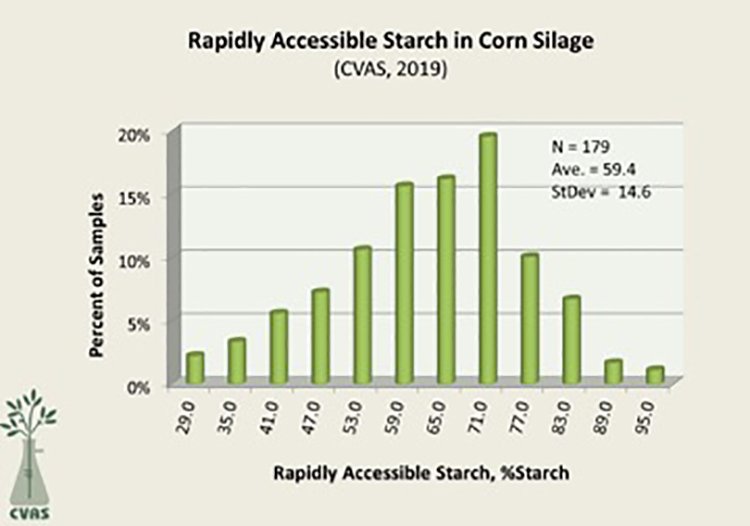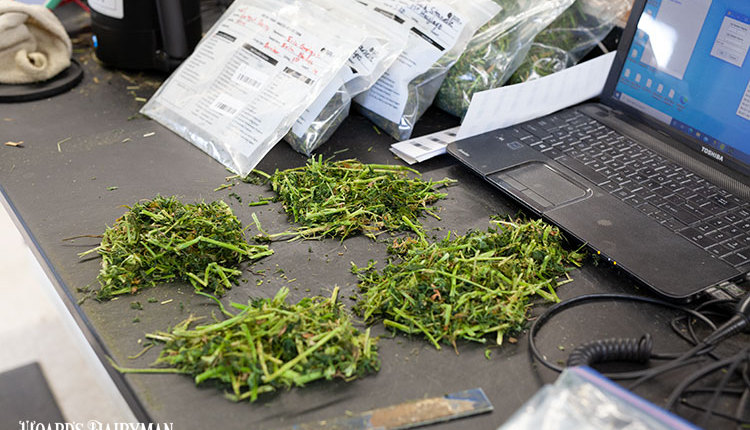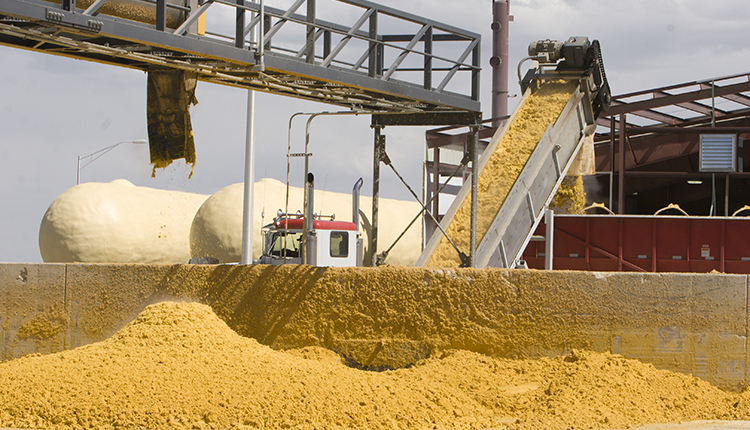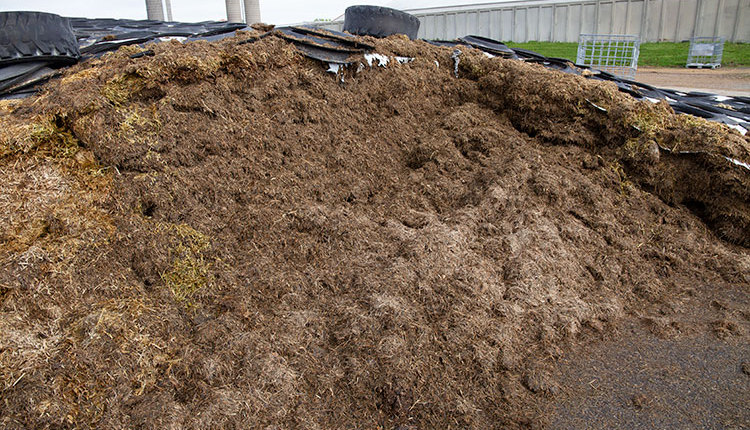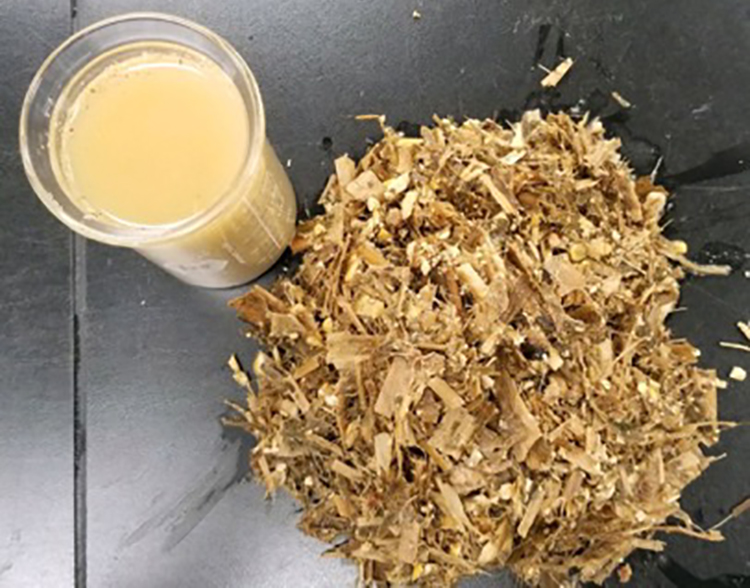
Characterizing the potential rumen degradation properties of starch in corn silage and corn grain has been a challenge for those involved in dairy nutrition. Various approaches are currently being used to quantify this value, but all have limitations in the information they are able to provide to a dairyman or his nutritionist in understanding how cows will respond to a starch source. This is particularly true with new crop materials that have not fully fermented.
Those feeding dairy cattle want to understand how fast and potentially how much of the starch from a corn source will degrade in the rumen. Typically, an assessment of the in vitro starch digestibility at seven hours incubation time is used. This assay utilizes a corn silage or corn grain sample that has been dried and ground at some standard and evaluated in rumen fluid. The assay is performed on material that is physically different from what the cow consumes, has significant variability, and is not particularly well suited to near infrared (NIR) evaluation systems.
Recognizing that the rate and extent of starch degradability is significantly dependent on the particle size of the starch as it is fed, so an ideal evaluation or test would consider particle size characteristics. Corn silage has high potential starch digestibility because the grain is processed and the extended time that the material “pickles” while in storage allows for breakdown of the starch to a fine particle size that is rapidly accessible to the rumen protozoa and bacteria.
Consider what happens when you take a well-fermented corn silage with processed kernels and place it in a container of water. The water turns yellow as the rapidly accessible starch goes into suspension in the water. By evaluating the degree to which corn starch breaks up and goes into solution, we gain an understanding of what occurs when a cow ingests corn silage into the rumen.
A newly offered laboratory assay evaluates corn silage and corn grain based on this concept. Approximately 100 grams of corn material is placed into a bag used for in situ evaluations in cattle. These nylon bags have a very fine pore size, generally around 50 microns. As an example of how fine this mesh is, consider a mesh size smaller than very fine meshed pantyhose. The bag is sealed and then washed in room temperature water to wash out the rapidly accessible starch (sometimes referred incorrectly as “soluble starch”).
It can be surprising to find that in well-fermented corn silage that has been stored for an extended period of time, over 90 percent of the starch may wash out through this fine mesh. Samples of corn silage or corn grain that are fresh may only have 15 to 20 percent of the starch passing through the fine mesh bag. The use of this accessible starch evaluation allows an understanding of how quickly the starch is available to the rumen based on kernel processing, moisture at ensiling, the extent of fermentation, the length of storage, and the degree of virtuousness of the starch. All of these factors contribute to potential starch accessibility in the rumen.
The evaluation of the “rapidly accessible starch” in corn silage or corn grain provides opportunity to better understand how the material will function in the rumen. Here is a graph of 2019’s corn silage processed by Cumberland Valley Analytical Services.
